The NFT world is ever-expanding to many industries around the world. Being so attached to the internet, it wasn’t long before Non-Fungible Tokens also started to influence the video game market.
NFT games have become more popular in the Game-Fi world, becoming a source of income. You trade and sell your in-game assets to other NFT collectors and even earn NFT tokens with play-to-earn models. There are different kinds of NFT games, with some offering a battling experience while others might use collectible cards.
That’s what we are looking into through this article. We’ll learn how NFT gaming works, how one can win money out of it, and the most popular NFT games in the industry.
How NFT Games Work
They don’t work like holding NFTs, collectibles, or cryptocurrency in your digital wallet. NFT games will use NFTs in their rules, player interactions, and mechanics. It could be actual characters or in-game assets that serve a purpose inside (an item, a weapon, etc.). Some games will reward NFTs for just playing. And like NFTs, you can trade them with other users or exchange them for cryptocurrency.
To make all of this work, game developers created smart contracts that will make up the rules for the NFTs used. These smart contracts are self-executing pieces of code allocated inside a blockchain.
Play-to-earn NFT Games
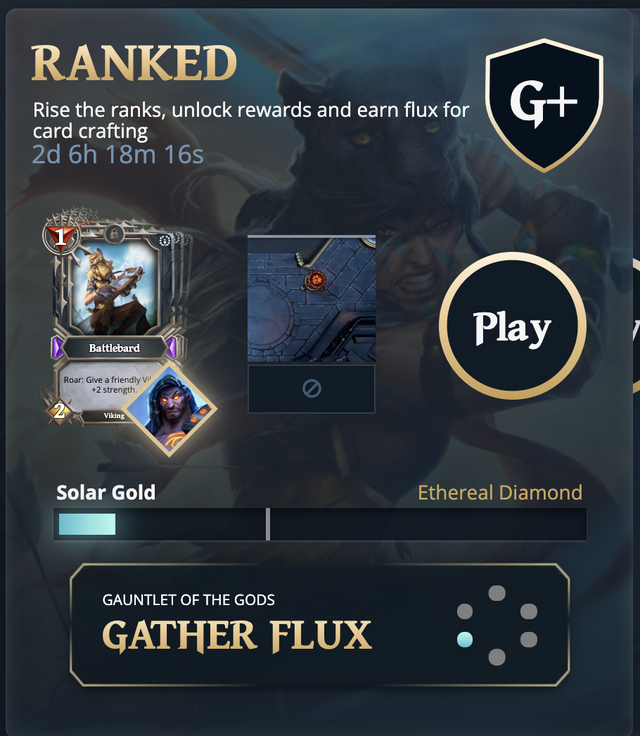
NFT games that follow the “Play-to-earn model” allow players to generate an income by playing the game. They usually are rewarded with tokens, digital assets, and, occasionally, with NFTs, increasing the chance the more they play. Think of it as getting new gear you can sell at an Auction House in traditional games.
In the play-to-earn model, the use of tokens is more stable, with in-game NFT drops being more chance-based. This type of video game has become increasingly popular in countries with low income as an alternative to their traditional income or to boost their financial security and stability.
A good example of employing this model is Axie Infinity. To summarize how it works (as we will discuss later), people need to make an initial investment, purchasing three monsters called Axies. Once you start playing and winning battles in ranked games against other players, you will earn Smooth Love Potion (SLP), their native ERC-20 token. You can exchange this token for cryptocurrency on an exchange service like Binance, and the cycle goes on.
But, for those who can’t afford those three Axies, there are programs called “Scholarships,” where someone will give you a team, and part of what you earn will go directly to the real owner.
In-game NFTs
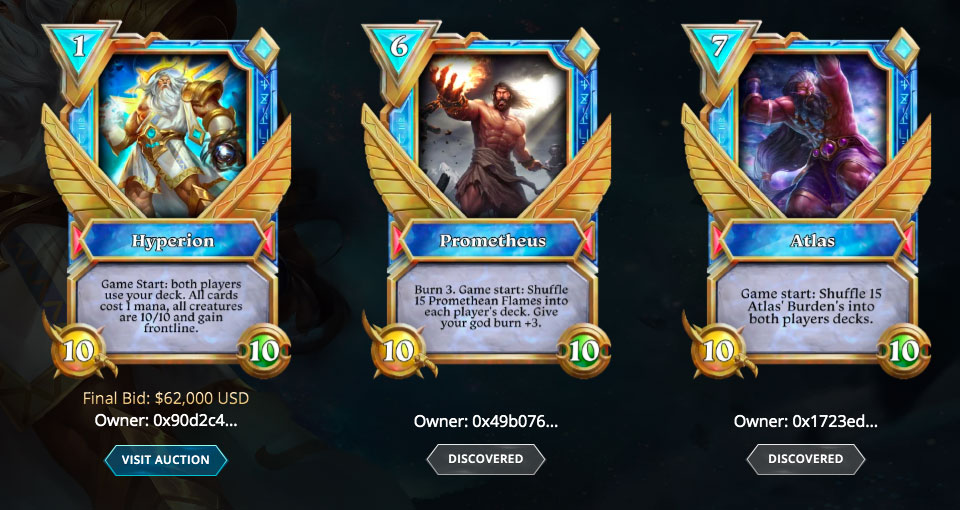
They offer another way to generate income through playing NFT games. It is the traditional way of generating income, and items will also vary in their worth based on their rarity, cosmetics, or utility based on the game (much more like traditional video games, with an extra value).
Most newer iterations of NFT video games offer a mixture of both in-game items as NFTs and the play-to-earn model.
How to Make Money on an NFT Game
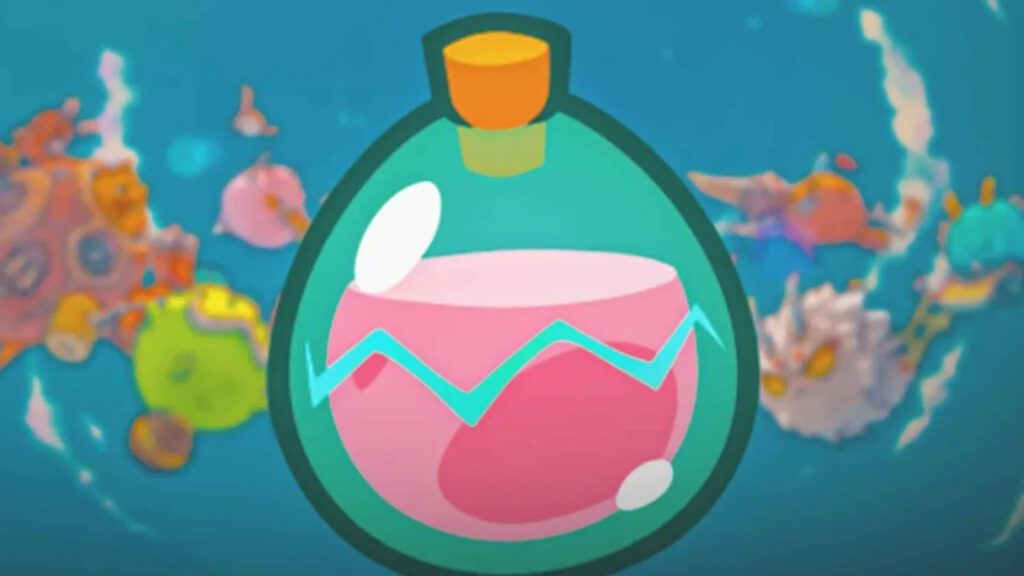
How much you can earn playing will depend exclusively on the game’s mechanics and how big is the market demand. The money you make will come from other players and users who value the game’s cryptocurrencies or NFTs earned.
You’ll need to cash out by selling your earned goods on an NFT marketplace, at the exchange service, or at an online auction house. Within NFT games, value is derived from the collectability of these digital assets in this gaming ecosystem or their in-game utility. And, of course, these two factors will lead to speculation from some people.
Can I Lose Money?
Like trading NFTs, it is possible to lose money with NFT games. The amount will depend on which game you are playing, the value of the NFTs you handle, and the mechanics of such a game.
But it doesn’t necessarily mean that you were fooled or scammed. NFTs are speculative and will depend entirely on the value that people place on them. Your losses will also depend on market forces. And as a bit of advice, as it happens with crypto investment, only spend what you can afford to lose.
Can I Lose My NFTs?
Now, this is different from losing money, as chances of losing your actual NFTs in the game are minimal, and you will be out of responsibility. Yet, you need to take some precautions.
Whether you have earned your NFTs playing the game or you purchased them, you need to keep them secure. There are a few possible ways that you might lose an NFT:
- You were a victim of a scam or fraud, and you transferred your NFT to a scammer.
- You permit access to your wallet to a malicious smart contract so they can take your NFT.
- You try to transfer it from your wallet to another that doesn’t support the NFT’s token standard.
- You lose it as part of the rules of the game.
If the last one happened to you and the game developers clearly stated that it is part of the game, there is nothing you can do to avoid it. With the rest, there are a couple of measures you can take to increase the security of your NFTs:
- Ensure that you are sending your NFT to another wallet and that person is trustful not to fall victim to a scam.
- Understand the types of blockchains and tokens your wallet or platform supports. Always ensure that you send it to the right address, and never assume their compatibility.
- Only grant permission to smart contracts from reputable and trustworthy projects. If you permit a smart contract to interact with your wallet, there is the risk that the contract could remove your funds.
- Always check the rules of the game. Familiarize yourself with it to avoid any unpleasant surprises.
Would you like to earn money by playing sports games? See the article about best NFT Sports Games You Can Play Right Now and Earn Money
The Best Games Leading NFTs in the Gaming Industry
There is a varied selection of titles in the NFT games industry. Players shouldn’t look only to the surface; they need to learn how to analyze the game’s data before playing with it. Several factors could determine the success of these sorts of games.
One of those is their “tokenomics.” It can define its economic sustainability. They should have a good balance between demand and supply for their tokens with an in-game utility to motivate players to hold them. And if they get a long vesting period from private investors, it is a good sign to avoid a sharp and sudden sell-off of the token in the short term.
Players should be aware of NFT games with an economic model that is not self-sustaining or relies predominantly on new players joining to give value to existing players.
Below, we will look at some of the most popular NFT games that also succeeded in avoiding such issues and continue growing in the market.
Axie Infinity
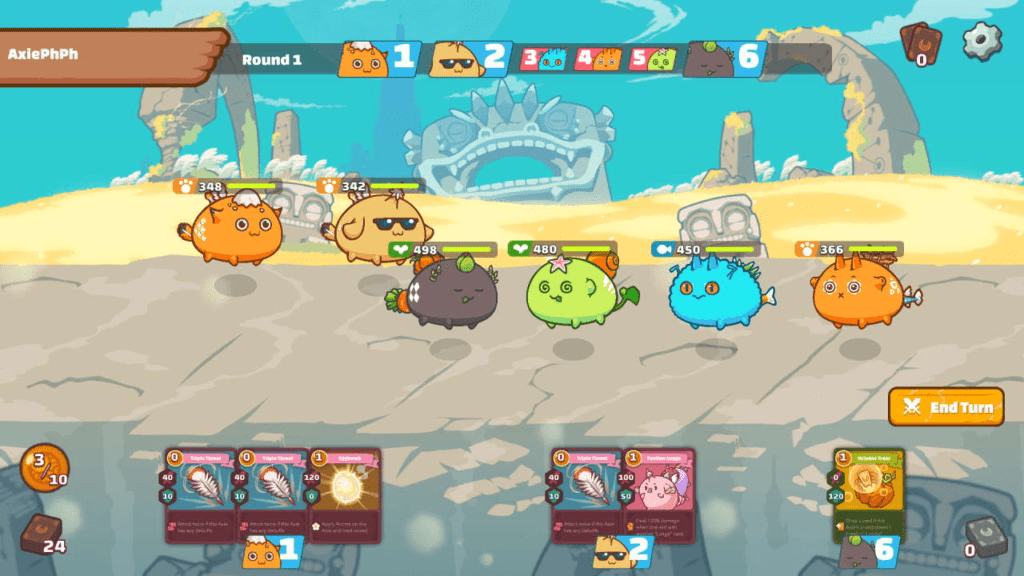
Axie Infinity is the most famous in the market and the one that best employed the concept of NFT games with a play-to-earn model. This success even allowed players with low incomes worldwide to have a new opportunity to boost their financial reality.
The game itself (developed by Sky Mavis) is a turn-based strategy game that mixes Pokémon and traditional trading card games. You need to have three Axies on your team to fight. Each one is an NFT of its own, as these creatures can be from different classes (or hybrids) with different body parts, which are really important.
Why? Because depending on which body part your creature has will determine the cards you can play in-game. And the damage or armor numbers will be defined by your class. Today, the only viable mode is Arena (PvP), as the Adventure mode (PvE) was previously used to level up your Axies and earn some daily Smooth Love Potions (SLP) until that utility was removed.
Axie Infinity employs two native tokens: SLP and AXS. The first is what you earn by winning PvP battles and the one you will use to exchange, with an unlimited supply. It also used to breed Axies. Meanwhile, AXS is only rewarded by being on the top 50 of the leaderboard and is the token used to trade Axies between users.
Gods Unchained
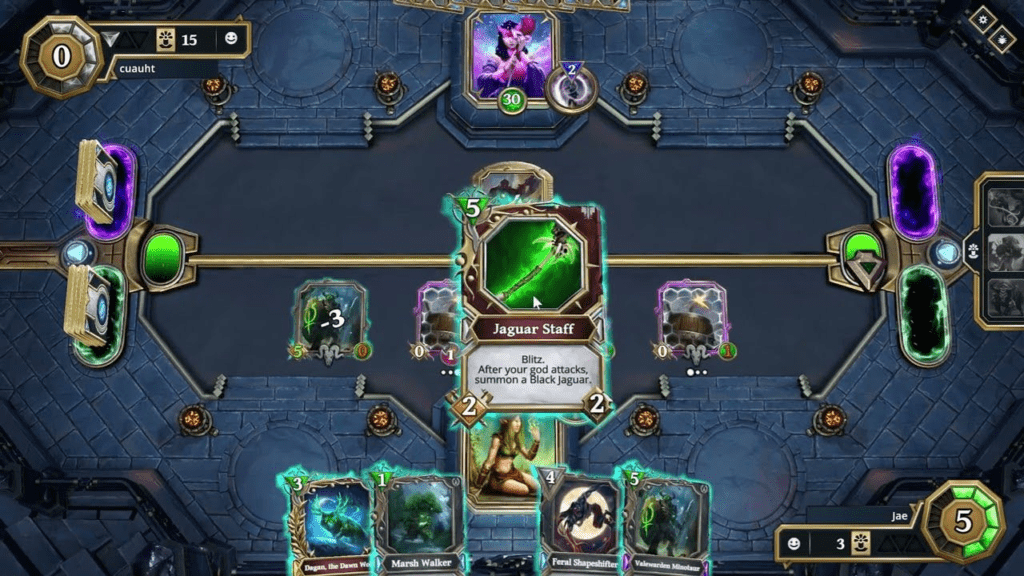
Gods Unchained goes even further as a TCG. It is a mix between Hearthstone and Magic: The Gathering. It is built on Immutable X, Ethereum’s first ZK-Rollup, made for NFTs. It has gas-free minting and instant trade confirmation, which improves the gaming experience.
There are six different Gods to choose from (Classes or Colors), and they all have alternative “Hero Powers” (like in Hearthstone, a special action you can do once per turn paying a specific amount of mana) that will determine your playstyle. You will have a bunch of free cards, and for those new to Card Games, you will receive a starter deck for each God. It is turn-based, with each player having around 60 seconds to play their turn, with cards resembling the Hearthstone gameplay.
You have three different game modes available: Solo (vs. an AI), Ranked (classic PvP ranked more, where you will earn rewards), and Direct Challenge (PvP, more casual). Then there is The Forge.
It allows you to fuse cards. If you have two identical cards, you can fuse them together to create a higher-quality version of the original, which you can mint as an NFT. It requires “Flux,” an in-game currency that you can earn by winning the mini-game linked to Ranked Mode, “Gauntlet of Gods.” The minted card can be traded for GODS, the native token, which you can also earn by winning the “Weekend Ranked” mode.
Sorare
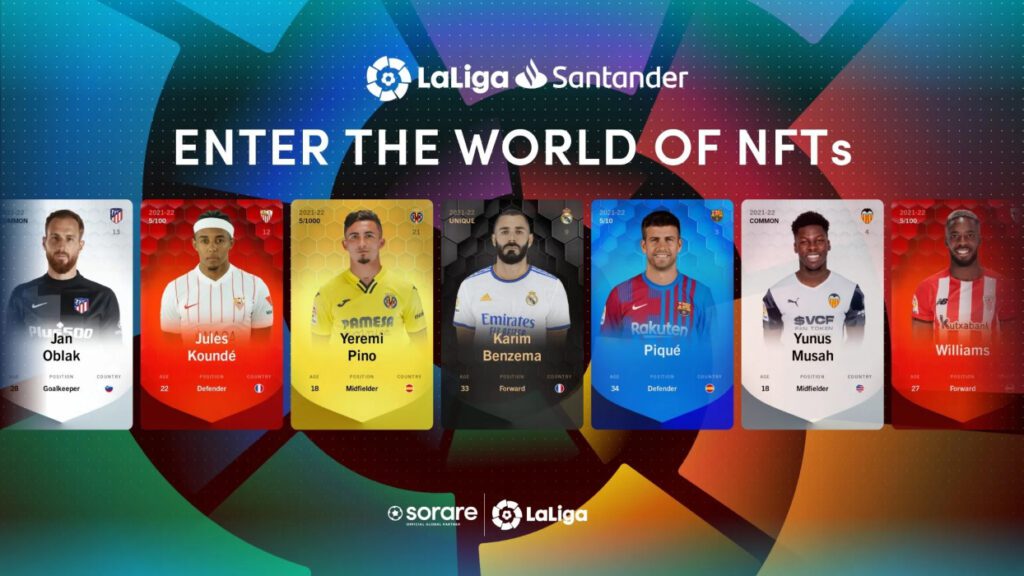
It is a fantasy football game that uses tradeable and collectible cards with real-life soccer players. You will need to create a team of five players (using beginner cards or purchasing with their native token), one from each position (Goalkeeper, Defender, Midfielder, and Foward), with the fifth slot enabled for any position.
Then, you will score points depending on each player’s performance in their real-life scenarios. You will earn points to level up after every game, advance on the leaderboard, and earn tokens to choose better players.
The Sandbox
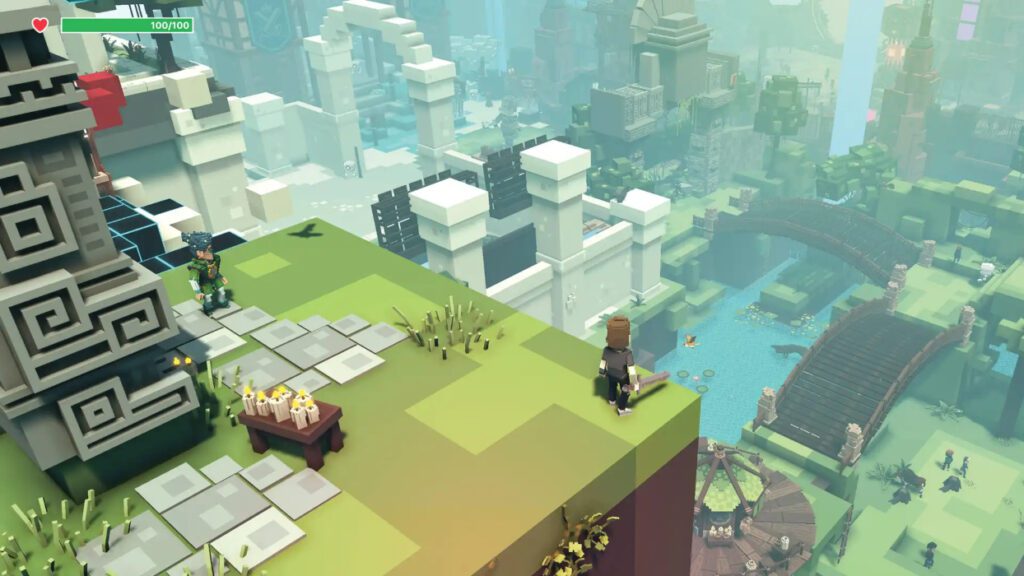
It is an open-world, free-to-play, voxel-based NFT game designed for both creators and players to enjoy. It is built in the Ethereum blockchain technology network and is heavily influenced by other giants of the gaming industry, like Minecraft.
One of the best features is the “VoxEdit.” It is a 3D tool that allows users to create their own voxel-based assets and create their own world with them. Also, you can trade those assets in the in-game marketplace with its native token, “ASSETs.” You can collect and earn rewards, allowing players to interact with the platform based on their objectives.
The Sandbox encourages creativity and exploration, enabling creators to shape worlds however they want. It presents itself as a virtual world where UGC (user-generated content) can be monetized.
DeFi Kingdoms
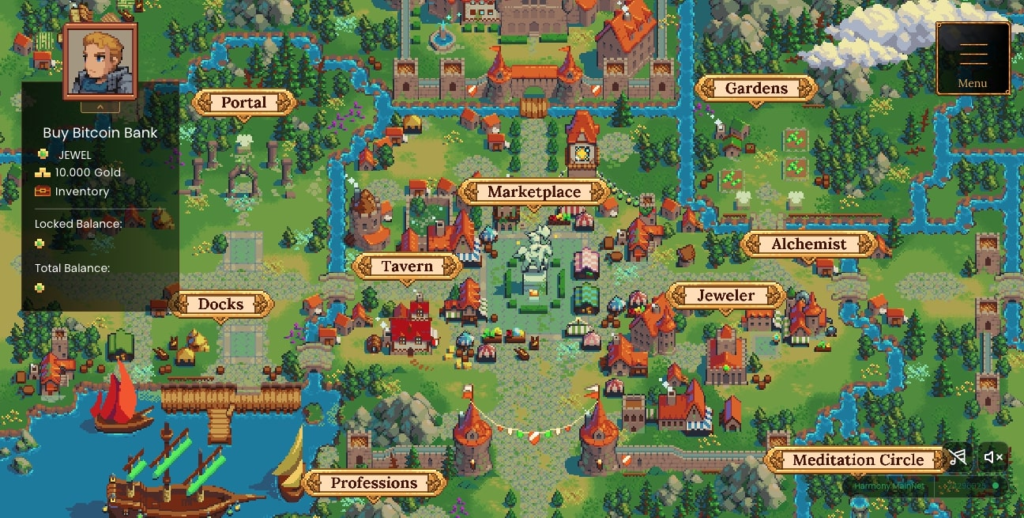
DeFi Kingdoms is an RPG game with a pixel-art visual style, similar to Runescape. It also works as a decentralized exchange (DEX), with play-to-earn mechanics and gamified elements within it. For example, each NPC represents one way to interact with the DEX, like swapping currencies at the Trader.
Although, it isn’t free-to-play, as you need to purchase JEWEL tokens (which cover the gas fee in the DFK chain) to swap them in-game for CRYSTAL tokens. This second token is the one you will need to complete some actions in the game. One of those (and the most important) is to purchase Heroes at the Tavern, where they work as NFTs.
The game revolves around your Heroes, which have different traits, skills, stats, and rarities. Then, you have to level up your Heroes with profession-based quests (which will increase their stats) and with Training quests, where they will test their abilities for the increased experience.
The Future of NFT Games
The future of this new industry will rely on combining, in the best way possible, traditional aspects of gaming with blockchain technology, GameFi elements, and the Metaverse. The synergy between both is the ultimate goal to improve the gaming industry and multiply its value.
The play-to-earn model has already changed the market and will influence other big titles to respond with similar innovations to their traditional core gameplay. And furthermore, it could lead to interoperability between games, as an NFT collectible could be used across similar products that are employed in the same blockchain.
Related post: